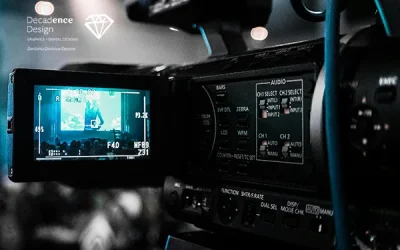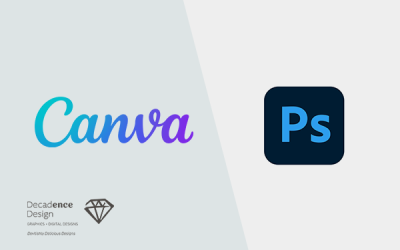It’s International Women’s Day! Design is fluid and subjective, much like gender identity these days. No matter how difficult it is to define, we do know that masculine and feminine design do impact the way customers engage with the brand, its products and its marketing content.
When embarking on a new design related project, one may not pause to consider whether a feminine or masculine design should be chosen to influence the whole project. In fact, the answer lies within not only the customer base which you would want to attract but the particular product the design is conceptualised for. The idea of Feminine and Masculine design extends beyond the stereotypical notion that “pink is for girls and blue is for boys”. We will share our understanding of these opposing design types to let you know how to best capture your share of the (gender) pie.
What is Feminine and Masculine Design? From typography to the different colours used, gender-oriented design has a play in these numerous aspects. In a study conducted by the City University of New York, it was found that while women paid great attention to colour design unlike men who instead are overwhelmed by excessive colour oriented concepts. Fascinatingly, scientists further found that women are more sensitive to smell, sound and colour than men.
One of the most noticeable differences between masculine and feminine design styles are their affinities for different patterns. For example, in the realm of interior design or graphic design, men prefer sturdy and dull lines while women favour printed and abstract decorations with normally botanical and floral motifs.
In typography, women tend to prefer words presented in a smooth, flowing script with rounded edges. Masculine fonts tend to be thick, chunky scripts that are displayed with a strong serif. Calligraphy can be either masculine or feminine, depending on the quality of the ligatures and flourishes. Heavily slanted and rounded letters have a more feminine connotation, while short straight letters with sharp brush strokes are more masculine.
Typically, for words in logos or banners that are associated commonly with a specific audience and a gender majority, a gender-oriented font could be utilised for more customer engagement.
From collaterals for tech conferences, social media posts for parenting brands, EDMs for makeup or even artwork for medical and health clients, the degree of masculinity or femininity your design portrays does have an impact.
You might be asking the question: Why is the ability to discern between the two Feminine and Masculine design concepts important?
In truth, a customer would most likely consider a brand or logo eye-catching when it appeals to their visual senses. Bringing these concepts to play when at the drawing board would not only provide a sense of direction to the design but be a boon at maximising customer engagement with the design.
An event better idea: blend the styles for more vibrancy, explore gender-neutral fonts for a clean layout that is bound to be palatable for everyone, or play with colours! Imagery is also a defining factor for many brands as it is a way for a brand to speak out to communicate their message clearly. The general feel of the photo, the background, the elements and even the clothes that people are wearing in the photo can have an impact.
To decide on which design works best or where your design should lean towards, analyse your target audience, and check out what the design trends are this year.





